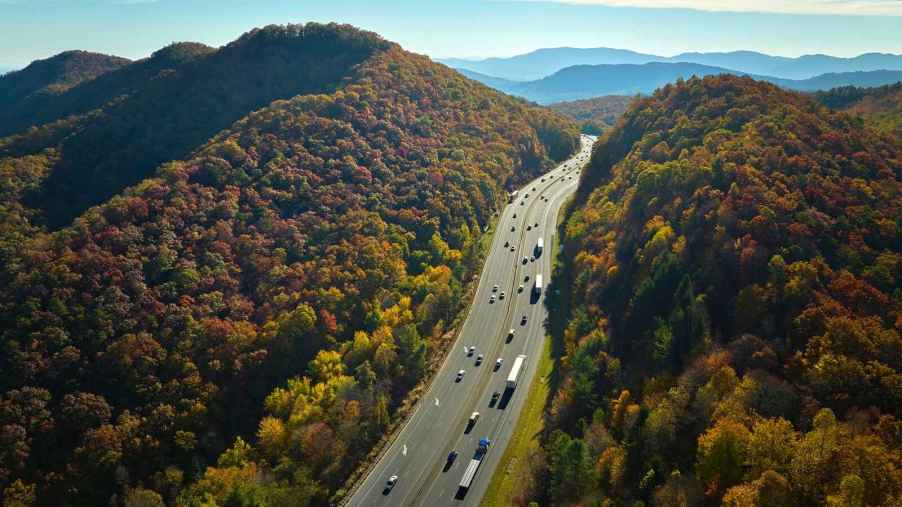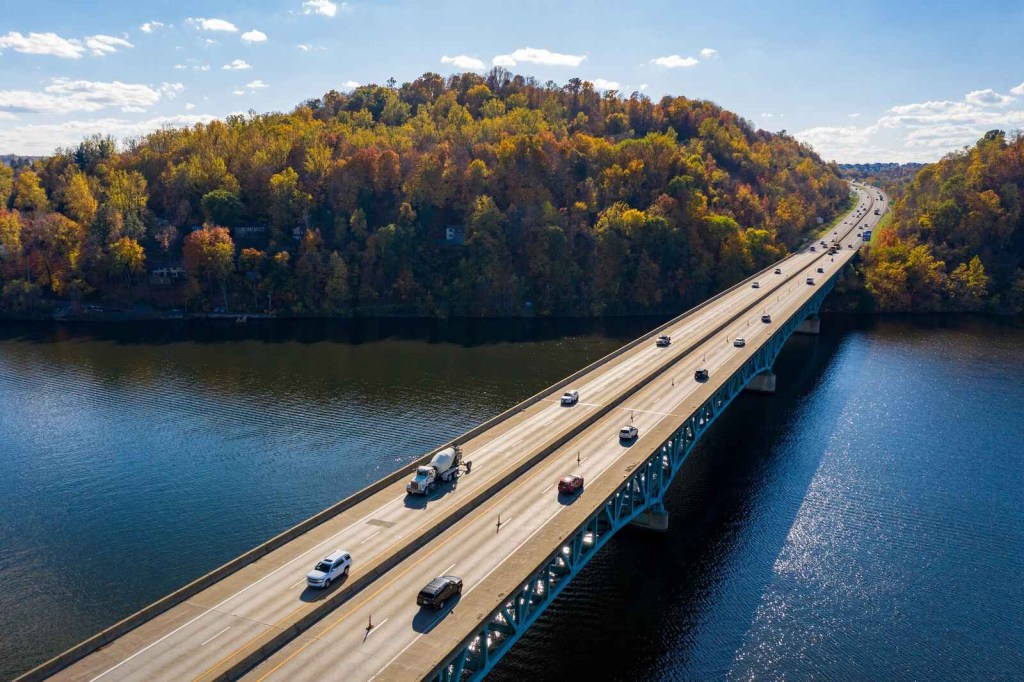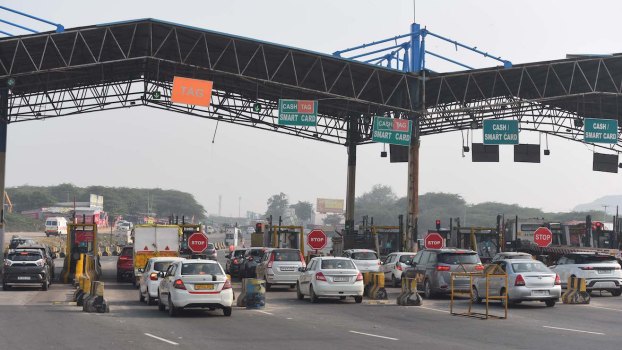
How America’s Complex $500 Billion Interstate System Ended up as an Economic Juggernaut
Many of us are generally more focused on the vehicle we’re driving than the road we’re traveling on. When it comes to the Interstate Highway System, all but the oldest Americans take it for granted as “always existing.” Enthusiasts might recall that it’s been the backdrop for a few illicit cross-country races like the Cannonball Run, Bullrun Rally, and others. The fastest freeway drivers have completed a daring romp from New York to LA in less than 30 hours with average speeds of more than 100 miles per hour, as recounted by Road & Track. But building the interstate also had tremendous financial benefits that you might not realize.
The U.S. Interstate Highway system was a gargantuan undertaking

In 1956, President Dwight D. Eisenhower signed the Federal-Aid Highway Act, which created the Interstate Highway System (IHS). Americans’ increasing access to personal cars, a sense of prosperity post-WWII, and the growing popularity of shipping freight by truck necessitated a better system of roads than existed at the time.
The Act authorized 41,000 miles (that figure would later increase) of roads built to “super-highway” standards. This was all to be completed by 1975. Those lofty standards meant that the highways would have no intersections or traffic signals and at least two lanes of travel in each direction, separated by a center divider. Any curves had to be gradual enough to negotiate at high speeds. Ditto for gentle changes in grade to prevent blind hills.
Although the 1975 deadline wasn’t met, about 40,000 miles of interstate were finished by 1980. By the time of completion, the IHS connected 42 U.S. capital cities and 90% of all U.S. cities with populations greater than 50,000.
Just as the completion date exceeded its limit, so did construction costs. The original 1958 cost estimate was $41 billion, but as of 1996, the cost ballooned to $329 billion. Of course, some of the seemingly massive cost overruns were due to inflation. Speaking of inflation, that $329 billion figure is equal to about $720 billion in 2023 dollars.
The investment appears to have paid off
The Interstate Highway System is an indisputable success story. A popular statistic from Infrastructure Report Cards declares that “The system has returned more than six dollars in economic productivity for each dollar that it costs.”
To begin, the cost of transporting freight was substantially reduced. Per the D.O.T., tractor-trailer operating costs are estimated to be 17% lower than running on other types of highways. Improved tracking efficiencies lead to “just in time” inventory deliveries.
That’s not to mention all the ancillary businesses that benefit from the highway system. Think hotels, gasoline stations, restaurants, and tourism in general. According to the American Road & Transportation Builders Association (ARTBA), the IHS is a large factor in the 340% jump in Gross Domestic Product over the past 65 years, from $3 trillion to $19 trillion in 2021.
Not everyone loves the highways
Like with any project of this magnitude, the IHS couldn’t make everyone happy. More than 475,000 households, totaling over one million people, lost their homes to the construction of the roadway. Nearby homes that were left standing lost value and were subject to increased pollution, noise, and unsightly physical buffers.
As one might expect, IHS planners frequently sought the least expensive routes for their superhighway, taking into account that displaced property owners had to be compensated for their loss. Frequently, the lowest property values — and hence routing — happened through primarily low-income Black neighborhoods, destroying the community.
In at least a few cases, evidence points to minority neighborhoods deliberately being razed, using the new highway as an excuse. A Miami, Florida neighborhood called Overtown — oft considered “the “Harlem of the South” — went from a population of 40,000 people to a population of 8,000 following the construction of I-95 through the area.
Americans negatively affected by the IHS weren’t limited to urban areas, though. Thousands of businesses and towns along the old patchwork of highways dried up after getting bypassed by the newfangled IHS. Nowhere is that more evident than along the iconic Route 66, which once spanned from Chicago to Los Angeles. Nowadays, most of the kitschy motels, diners, and art-deco-styled fueling stations are shuttered. The only sign of life is the occasional errant rattlesnake as drivers roar by on I-40 in the distance. Such is the cost of progress.





